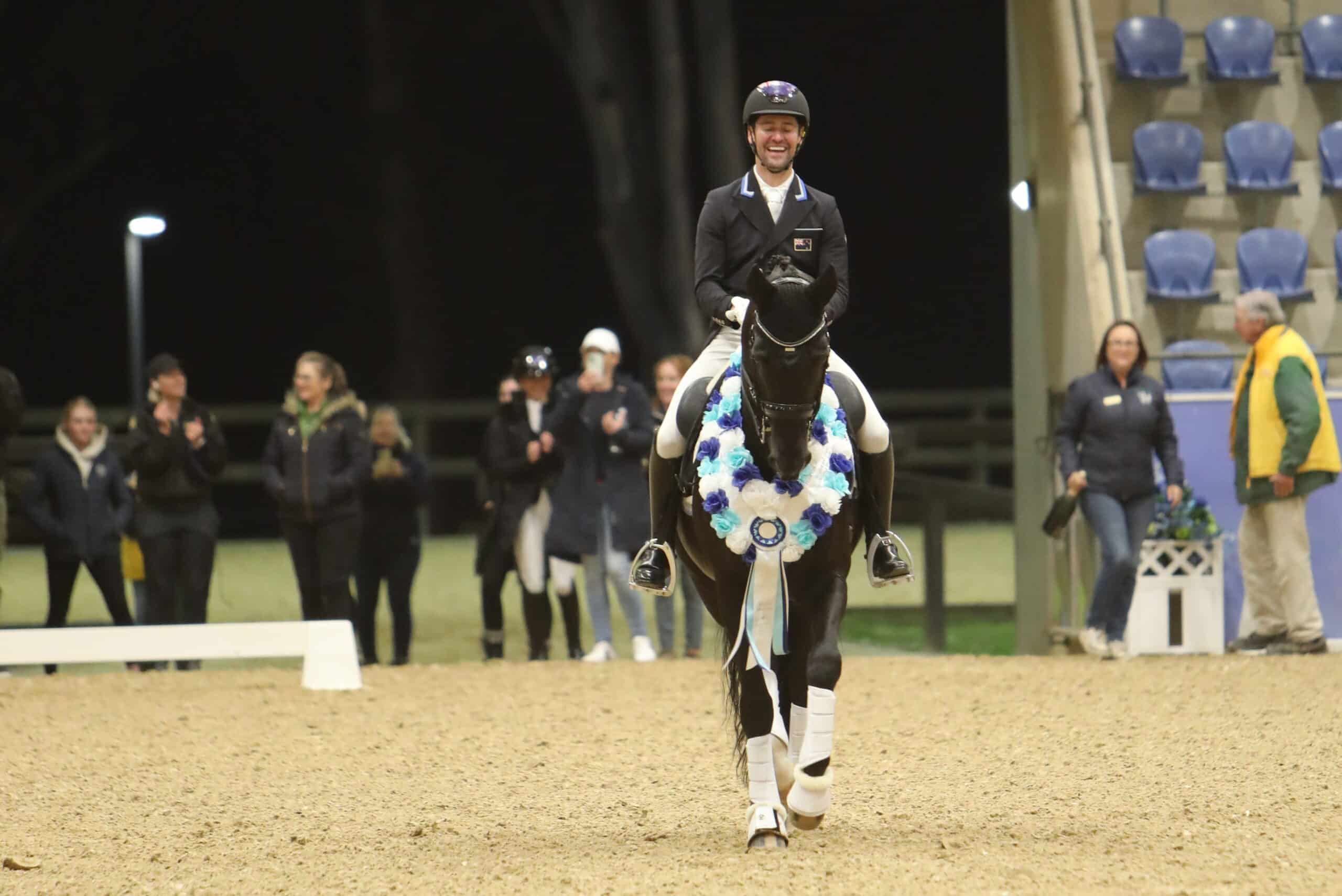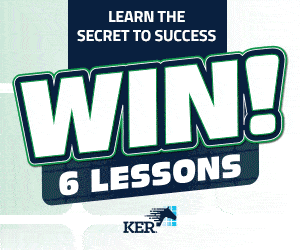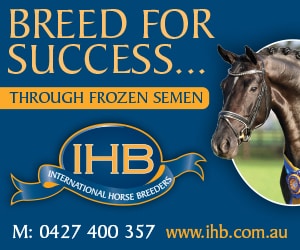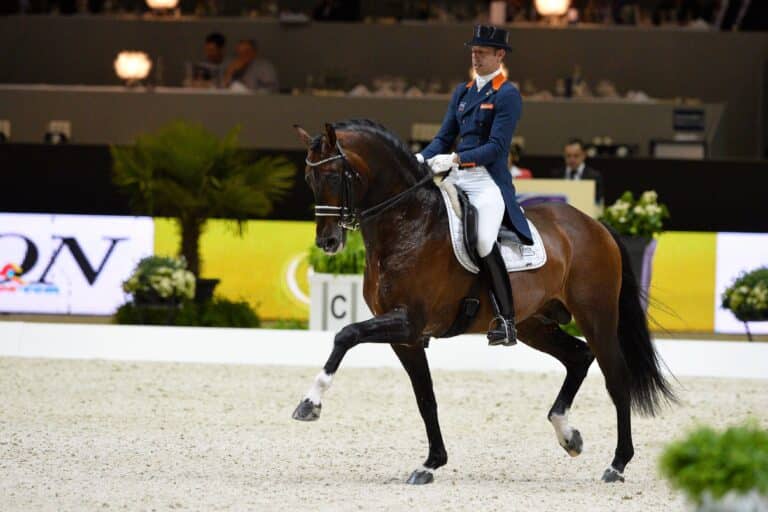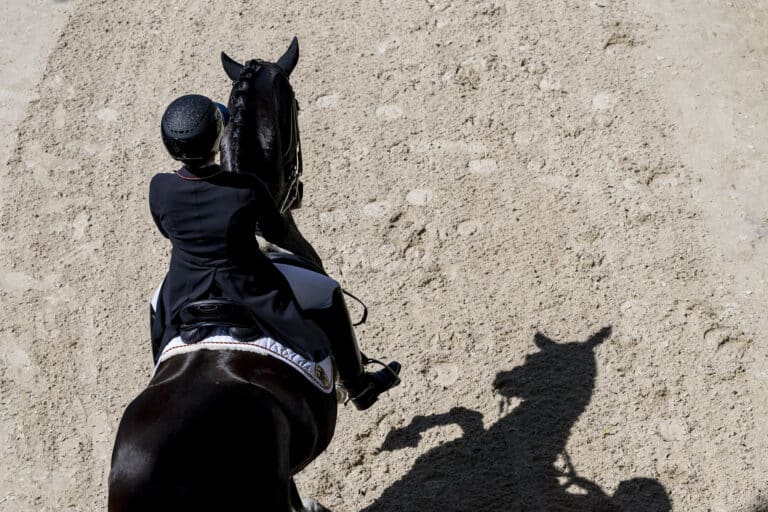One of the highlight classes was the Grand Prix, where MSJ Gatsby, ridden by John Thompson, delivered a classy and commanding test, scoring 67.101%. The judges’ scores ranged from 64-69% – highlighting some minor discrepancy, but agreeing in essence on the athleticism and potential of the compact black gelding with a unanimous first placing. Gatsby made his way through the test with good confidence, ease and fluidity. Still young at the level, he has more confidence and expression to gain, but his performance was mistake-free with clearly defined transitions and a great sense of harmony between horse and rider.
Closely following was BZ Raphael with Breanna Tillitzki scoring 66.340%, with one judge placing them equal first. This combination has come a long way, with major improvements in balance, consistency, frame, and the ability to connect over the back. Their test was expressive, well-presented, and confidently ridden.
Mary Nitschke and Astronomical delivered a test that saw scores range from 59-65%. While Astronomical, a 13-year-old gelding by Quarterback, demonstrated some understanding in the movements, the test lacked a little continuity and steadiness to the contact.
Sally-Ann Quigley on Larapinta Orlando competed in only their third Grand Prix, scoring 62.428%, while Gordon Pratt on Aberdare MI received 60.326% with scores ranging from 56-64%. The lower score, in my opinion, seemed harsh for what was a debut test, albeit green, but with many elements clearly deserving of a more positive mark.
Ultimately, it was John Thompson and MSJ Gatsby who claimed the top honours, narrowly ahead of Breanna and Raphael. Two well executed tests in what was a tightly contested Grand Prix class.
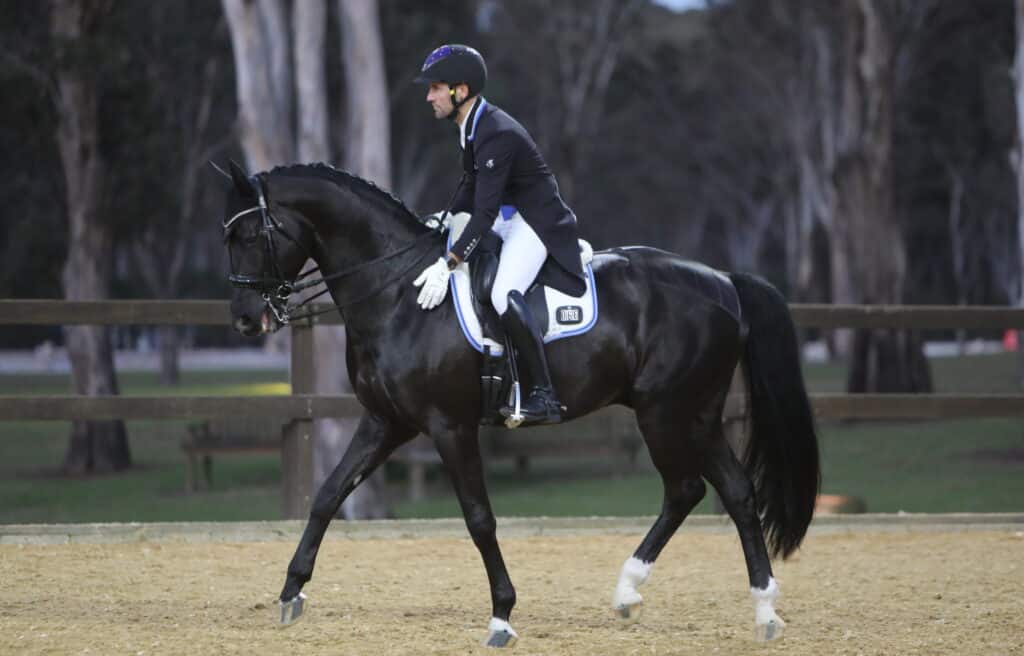
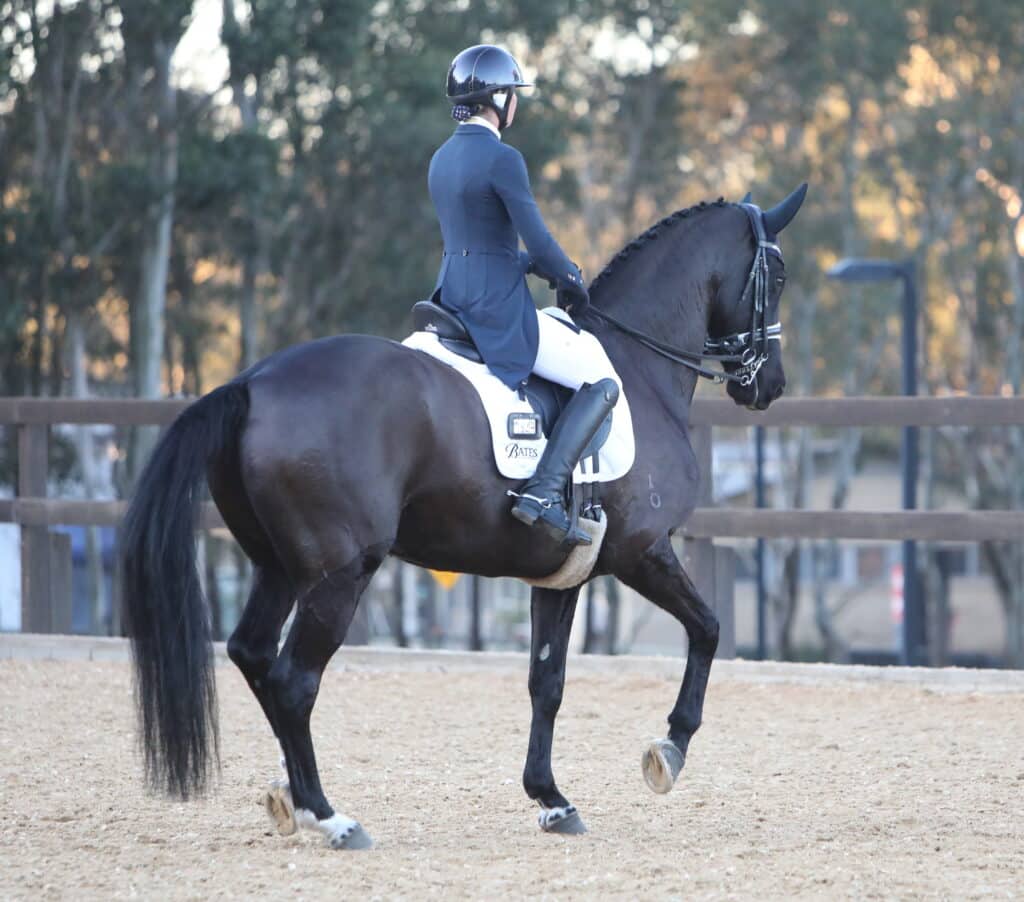
In the Open Intermediate B, Anne-Catherine Preuss on SPH Sir Oktagonal took a well-earned win with 64.865%, thanks to expressive trot work and increasingly polished adjustability. In the AOR Inter B, it was Jos West who claimed the victory with 62.027%, as the only entry in the class – but nonetheless a commendable performance with clear potential for development in the piaffe and canter transitions for the mare Macarthur Jeniro.
Medium: Champions on show
David McKinnon and Holland Bend Fleur De Lys dominated the Open Medium tests with exceptional consistency, scoring 72.244% in the 4.3 test and 69.865% in the 4.2, placing first with both judges. This tall leggy chestnut mare shows expressive canter work and perhaps for a bigger mark in the trot work she could show a little more uphill tendency and a lighter-set carrying way. This mare is nine years old by Floriscount OLD, from the beautiful mare Hirtenqueen (Sunny Boy). John Thompson and six-year-old Franka MI were hot on their heels with a high of 71% from one judge in the 4.2. David McKinnon’s combination was declared the Open Medium Champion, and Benjamin Britten –12-year-old by Byalee Briar and ridden by Justin Worthy, earned runner-up status for showing great consistency and a very workmanlike attitude and made the tests look uncomplicated.
This class was a true display of depth in the field, with strong performances from well-known names including Sally Rizzuto, Jayden Brown, Katharine Farrell, and more. It was a pleasure to watch such talented combinations, and while some felt the scores could have been higher, the overall standard was of good quality.
In the Pony Medium, EPH California for Sydney Evans took the champion title, with Toni Webb and Salient Park Once Again the runners up. Both ponies showed elegance and power, though a few costly errors keeping the scores slightly lower than expected.
Prix St Georges: Robbie & Frankie steal the show
The Open Prix St Georges, sponsored by Jenquine, saw Robbie McKinnon on SPH Fortino (Bluefields Florino x Dormello) steal the show with a dazzling 74.314%, unanimous across all three judges, with the highest at 76.618%. Fortino (‘Frankie’) is full of inspiring and confident work. He is so well established at this level and it will probably be his last hit out in Small Tour, as he is ready to go to Medium Tour having all the Grand Prix work under his girth with the guidance of expert riding by Robbie, who has a real connection with this special horse and what a percentage! SPH Fortino was of course the 2022 DJWTS Champion of Champions; you can read more about his early days in the April 2022 issue of Equestrian Life here.
In second place was Jayden Brown on an impressive chestnut Qui Well – an imported chestnut gelding owned by Gabrielle Tindale, scoring 70.245%. Qui Well shows good expression and a delightful soft contact, and with all Jayden’s experience he makes it look effortless, as it should be! A great horse too. Riley Alexander followed closely behind with 68.824% on CJP Zikonic. It was clear from the consistency and energy in Robbie McKinnon’s test that she had truly earned the top spot.
In the AOR division, Emily Gubbins and CP Samara topped the class with 65.931%, closely followed by Sara Hanslow on Let’s Showtime and also third on Revelwood Florentine.
Tia Rose McKenzie and Franzisco RW stole the class in the Junior/Young Rider division with a very impressive 70.882%, and what a fabulous combination with highlights in the extended paces and a 9 for a canter pirouette! Good to see judges using the range of marks.
The Pony Prix St Georges saw Charlie Sheen 5 for Sophie Artup win on a cracking 69.265% and what a test. This chestnut stallion continues to gain momentum with his scores as he moves up the levels.
The ‘Novice Olympics’
The Novice classes were of a high quality at this event – and AOR division was certainly no exception. The first and second placegetters in both tests (and so Champion and Reserve) were Sally Walker and the chestnut Versace mare, Woolaroo Valentine, and Kaye Spence with another chestnut mare Woodside Questionnaire, respectively. In the 2.3, Sally Walker achieved 75% and Kaye Spence was awarded 74% – these were worthy scores indeed, and riders and owners were super happy and positive with fitting percentages for great tests. These two riders are from the same area near Murrumbateman, NSW and have pushed each other along – with both starting their mares off two years ago. The AOR classes were full of good and competitive horses and riders. To think that judges may be more lenient in these classes is totally not in way true: all classes are judged on the same scoring criteria, and so these marks are comparable to the Open division.
Perhaps the most contentious talking point of the festival came from the Open Novice classes, affectionately dubbed the ‘Novice Olympics’ due to the incredible quality of riders and horses.
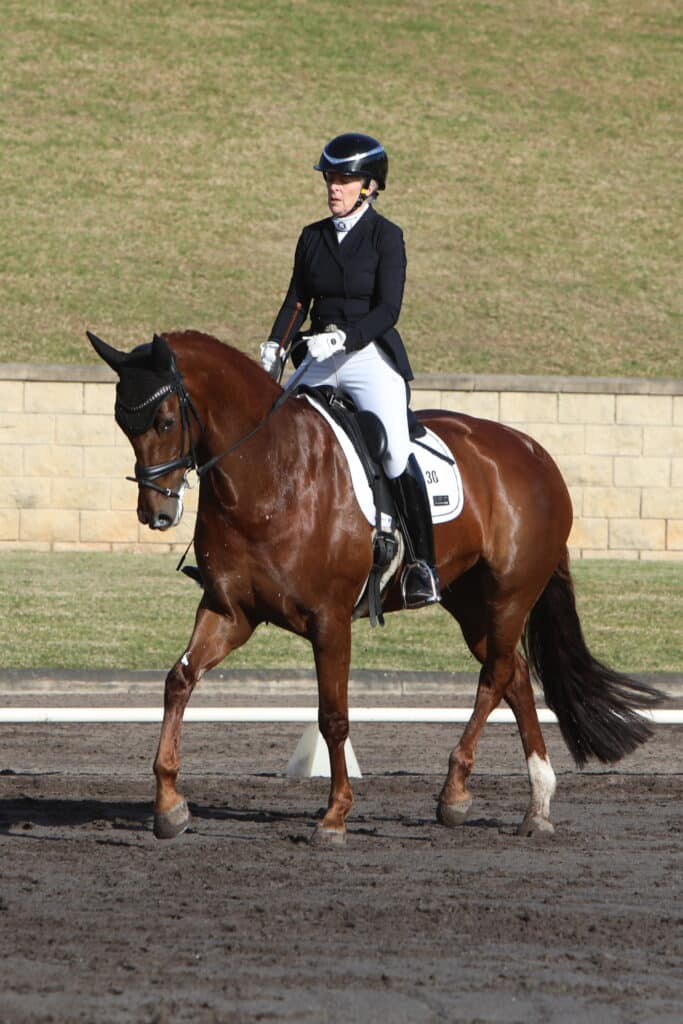
The Open Novice Champion went to Zaire MI and John Thompson with a first (71.251% in the 2.2) and second (72.572% in the 2.3), with Total Impact CBM for Robert Harrisson Schmerglatt a first (73.286% in the 2.3) and a sixth, then Rebecca Rooke and Milfield Wynchester a third and a fifth, and then Rachael Clarke and Tarcoola Secret Stash with a third and a sixth. It was all so close and all so interesting, though a little difficult to follow where judges were focusing the weight of the marks. It was truly a fabulous field of wonderful horses.
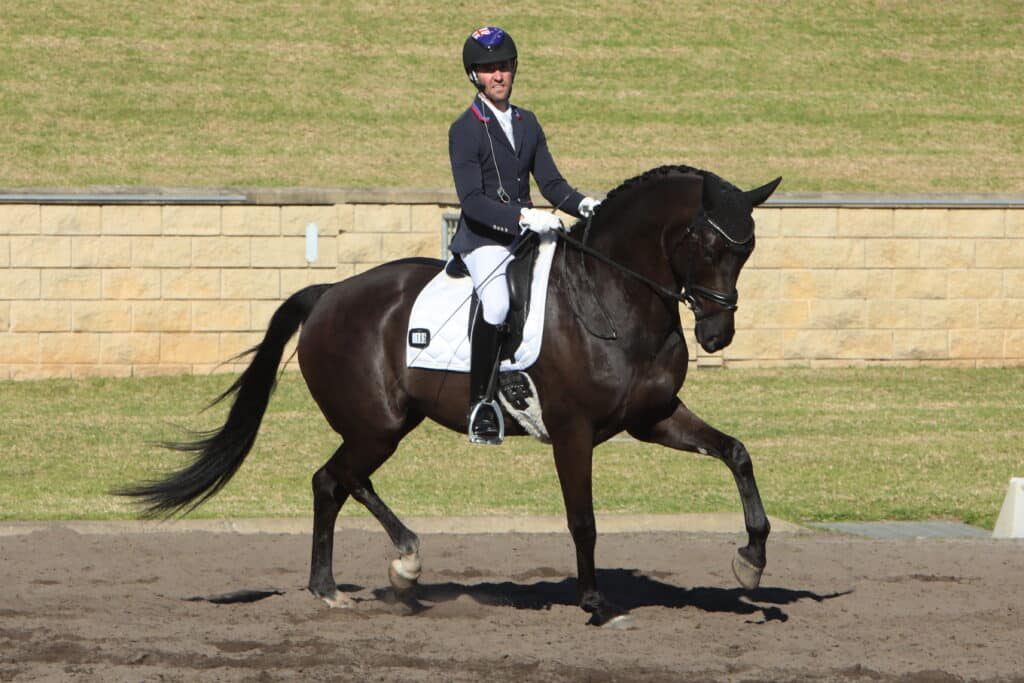
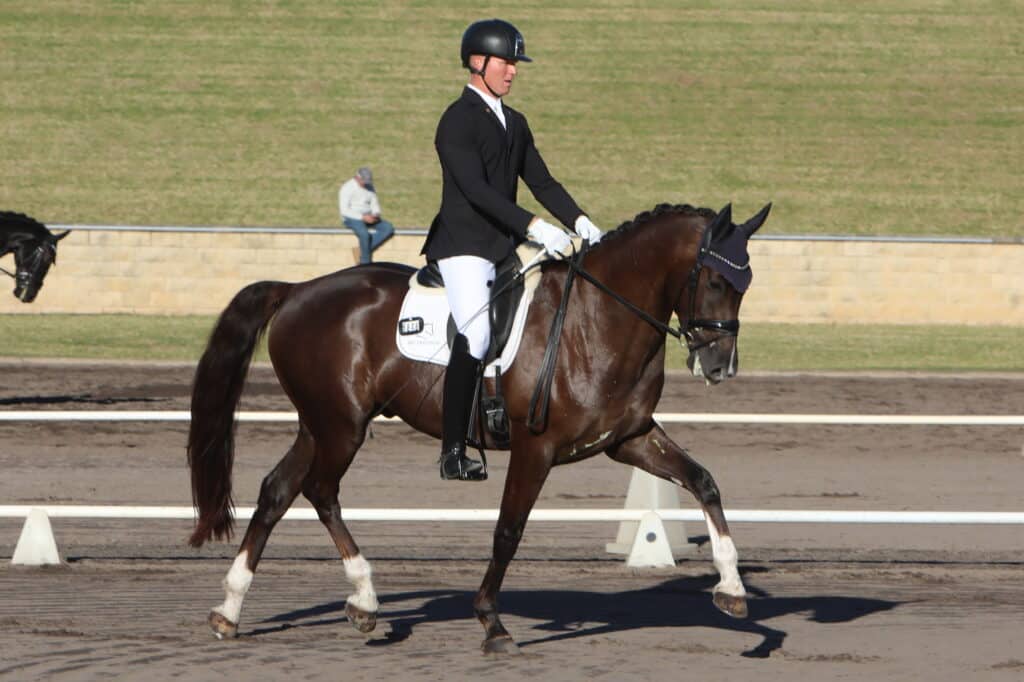
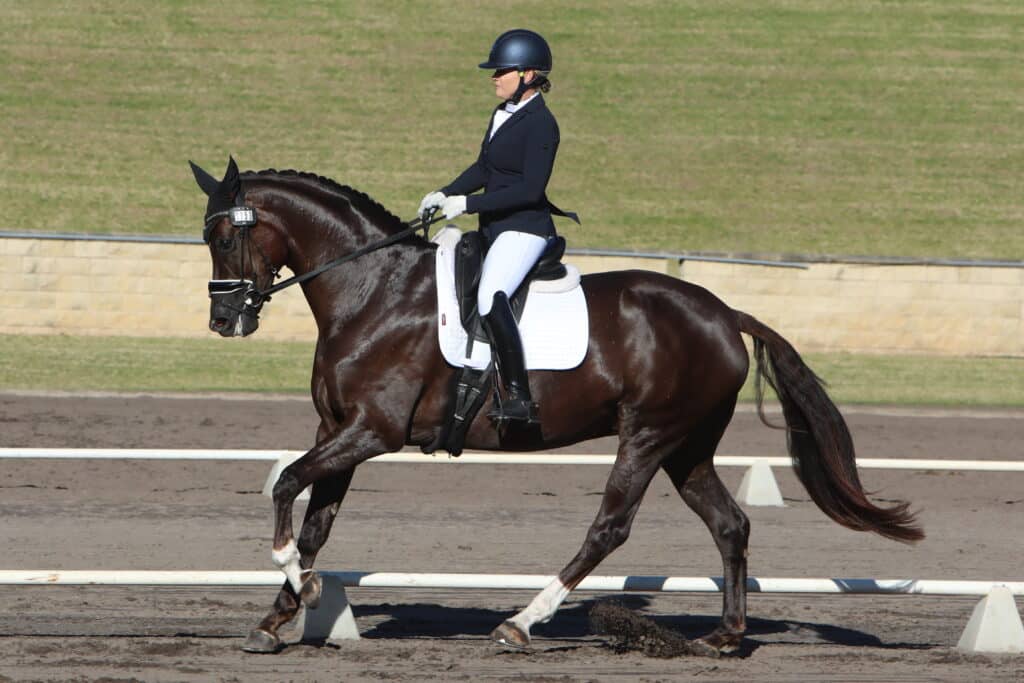
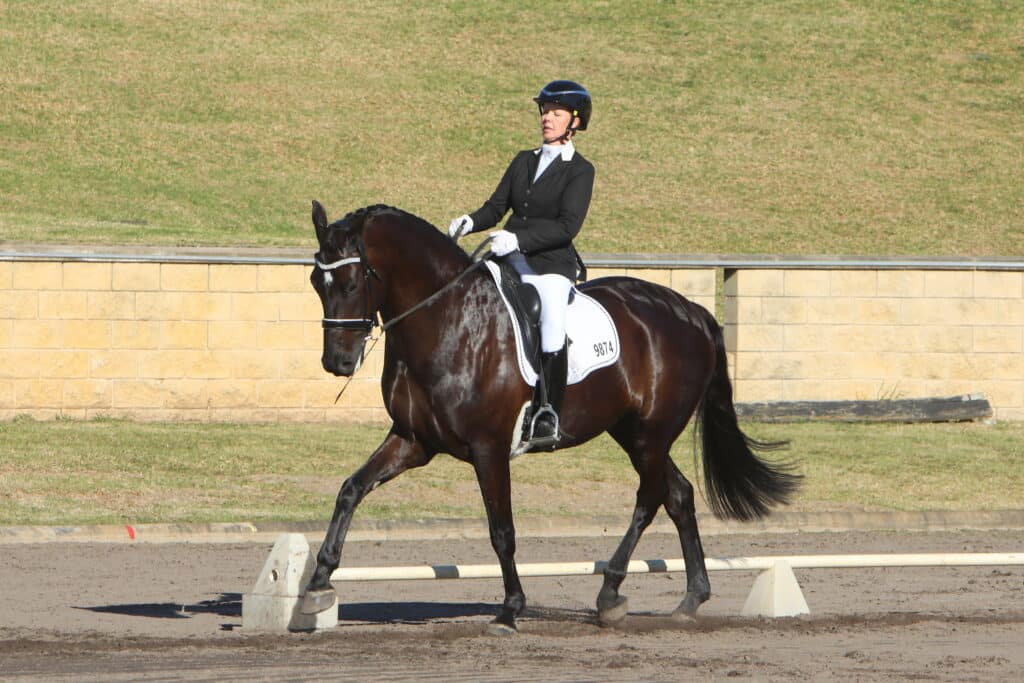
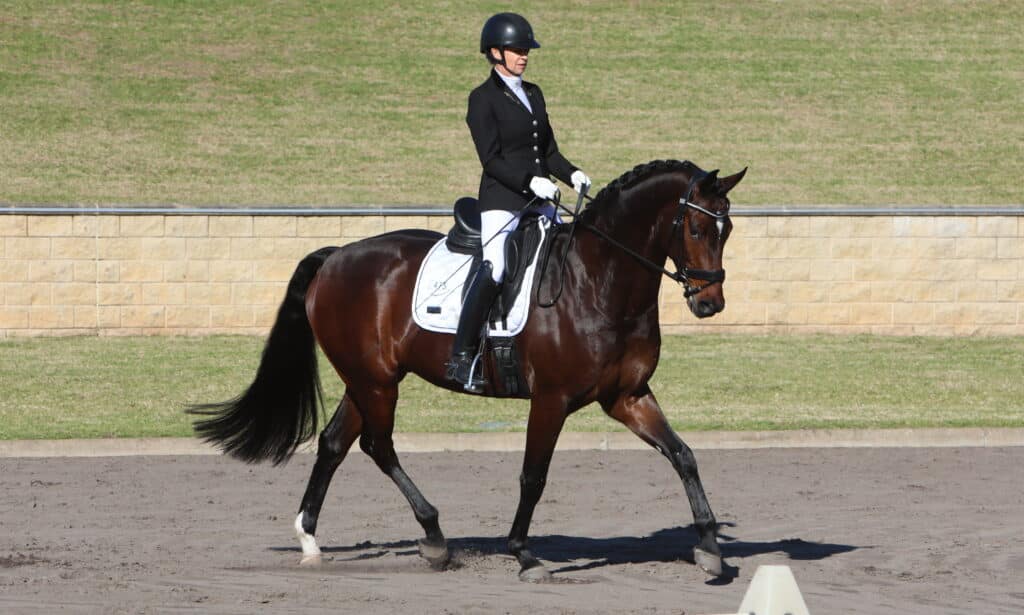
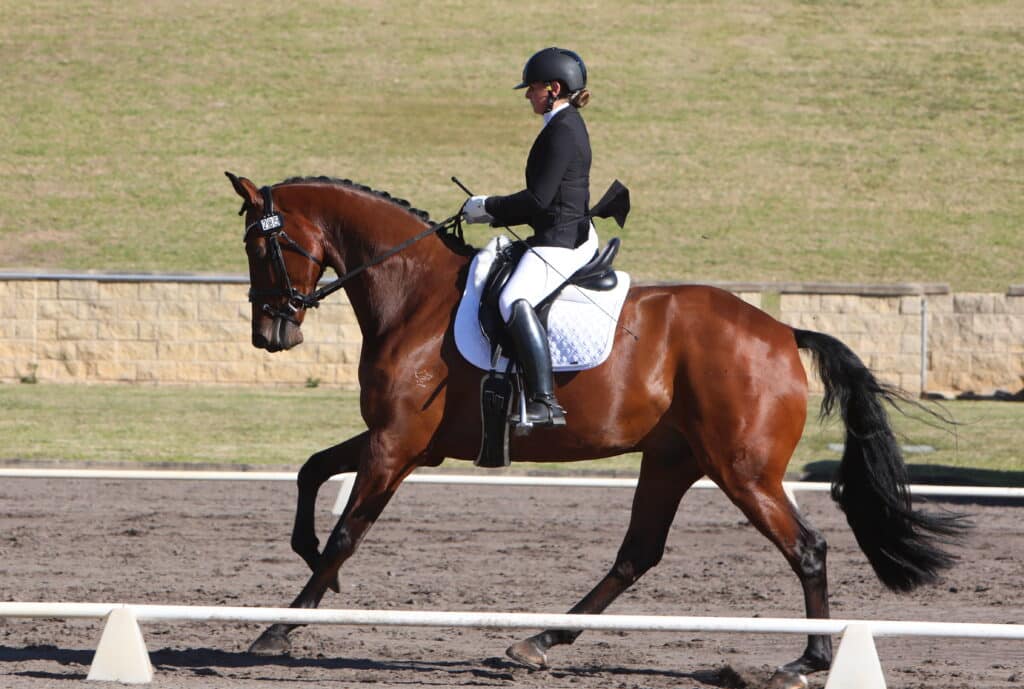
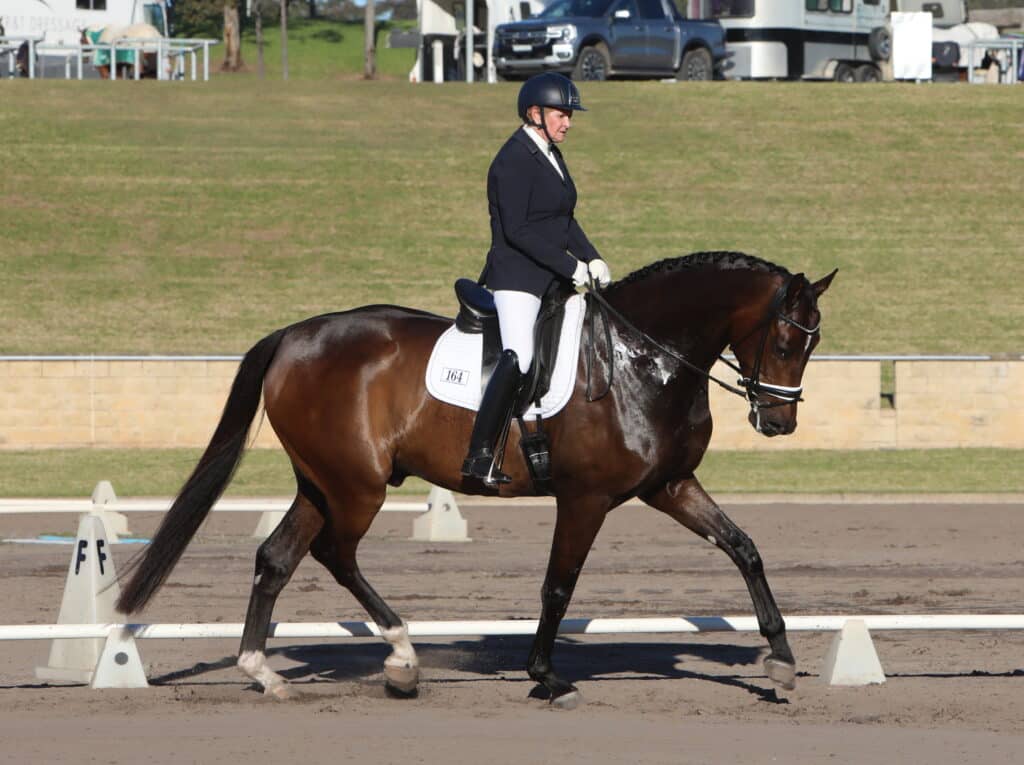

Despite the outstanding quality, many riders and owners were left bewildered by what appeared to be low scoring, with some horses expected to score in the mid-70s receiving 66s and 67%s. There were multiple discrepancies – such as a combination placing fourth and 15th across two judges, and percentages up to 7% different.
Judges absolutely work with integrity and do their best, yet when presented with horses of this calibre, one must question whether our current system is fully supporting them. Judges do a very good job, and they have no intention of bias or marking high or low. They simply put a mark and comment down on what they see, and this decision is based on their understanding of what is required for each movement and their experience at seeing many horses of all standards and types. It’s not easy. In my opinion, if a judge is put in a situation that is a little out of their depth the blame really lays on the person who assigned that responsibility. It was a big ask for novice-level judges to cope with such a star-studded Novice field. I am sure it could have been intimidating to see such top riders one after the other. The standard of horses, access to top instruction, better facilities and surfaces are increasing, and that all makes for higher quality competition. This perhaps needs to be highlighted in judges’ education and understanding of the sports requirements.
Many riders commented that their horses were receiving scores far lower than previous outings, despite clear progression.
A competitor remarked: “Fifteen years ago I used struggle with ex-racehorses that were bred for going flat out and trained for that. We then turned them for dressage, no mean feat, and I was scoring better marks back then than compared to now when I have 15 years more experience, better trainers, and an imported purpose bred dressage horse that makes my wonderful Thoroughbred feel like a Mini-Minor with bad suspension and my Warmblood a Rolls Royce. It just doesn’t seem to make sense!”
Time to reassess the judging framework?
Some of the scoring discrepancies may highlight the need for better mentoring, education, and support for developing judges. Suggestions such as a dual-judge assessment system, similar to young horse classes, have been raised – allowing a senior and a developing judge to work side by side, learning and evaluating collaboratively.
Rather than placing the responsibility on individuals, the emphasis is on teamwork and collaboration. This way with a higher level and more experienced judge would only give great confidence to up and coming judges. The sport must address the systemic gaps in judge development, ensuring that the next generation feels confident enough to use the full scale of marks – including rewarding high-quality work with high marks. There is no sport without judges, and they are deeply respected. But equally, competitors deserve feedback and percentages that are seen worldwide and align with the quality they are producing.

A festival to remember
The overall tone of the festival was overwhelmingly positive. Riders, coaches, and judges alike left inspired, challenged, and enthusiastic about the future. The opportunity to stay on-site and ride multiple tests fostered camaraderie, learning, and development.
A huge congratulations must go to the Hawkesbury Dressage Club committee and all involved. Their tireless efforts, generous sponsors, and exceptional organisation created a truly special event. The conversations sparked here – about judging, judge development, and the direction of Australian dressage – will no doubt lead to positive change. Here’s to continued growth, celebration of excellence, and a sport we all love.
